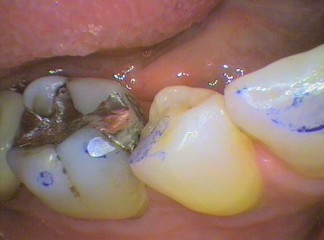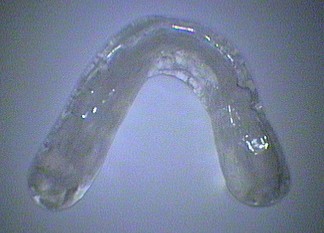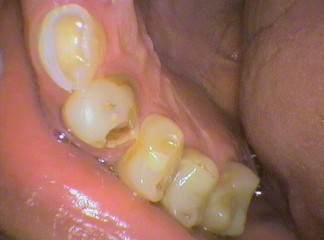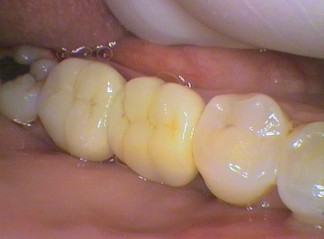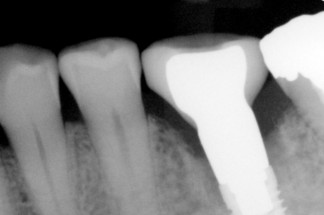Need an Appointment?
If you'd like to book an appointment with the dentist at Seymour Dental then contact us, or call us in Dulwich Hill, Sydney on (02) 9564 2397.
The teeth (or lack of teeth) drive the complex movements of mastication. The whole mastication complex of teeth, nerves, bones & muscles are all derived in their embryonic formation from the same areas as organs of the body are derived from. Hence this complex is called the organ of mastication. Each area is inter-related to each other.
The teeth start a feedback loop to the brain and then to the muscles and joints to co-ordinate eating. Each tooth has a ligament and fibres which hold the tooth to the bone, called the periodontal ligament. This “space” between the teeth and the bone measures stresses on the tooth and on the gum surrounding the tooth. It also allows the tooth to move slightly and be a shock absorber. It evens allows teeth movement microscopically with your heartbeat. This is called fremitus.
Excessive pressure on a tooth may cause avoidance movements by the muscles. Here are some examples of this occurrence:
- A new filling is too high, called a high spot.
- Trauma to a tooth causes the tooth to move out of its position.
- A cracked filling that remains in the tooth and moves causing the bite to change.
- Loss of a tooth, leaving a space for teeth to move into and therefore changing the bite.
- Excessive grinding habit called bruxism that occurs mainly at night.
- A food trap being a small space, usually 1-2mm, between adjacent teeth. This is opposed by a tooth that, on eating, jams the food onto the gum over ligament and causes undue pressure.
- Infection causing swelling under a tooth that causes the tooth to push into the bite.
- Dentures, crowns and bridges, orthodontic appliances can cause excessive pressure on the teeth.
- Excessive wearing of the teeth exposing the softer layer of the teeth and thereby increasing the forces on the teeth. This is called attrition.
- Loose teeth due to gum disease.
These examples show the ever changing dynamics of the teeth. These all need to be managed to ensure a non-stressed organ of mastication.
Treatment includes:
- Adjustment to the bite
- Correction of a foodtrap through fillings or correction to the bite
- Adjustments of appliances
- Replace broken fillings
- Replacing lost teeth with implants dentures or bridges
- Close spaces with orthodontics
- Treat infection with root canal treatment
- Correction attrition by opening up the bite
- Protect the teeth with an occlusal splint from bruxism
- Cleaning of the teeth and treating the gums
- Removal of teeth with a poor outlook
The mouth is a hostile environment that needs constant maintenance and review. We can only help you, help yourself. We want great lifelong outcomes.
Next week: The jaw joint complex of the teeth, muscles and joints – The muscle aspect
 479 Marrickville Road
479 Marrickville Road